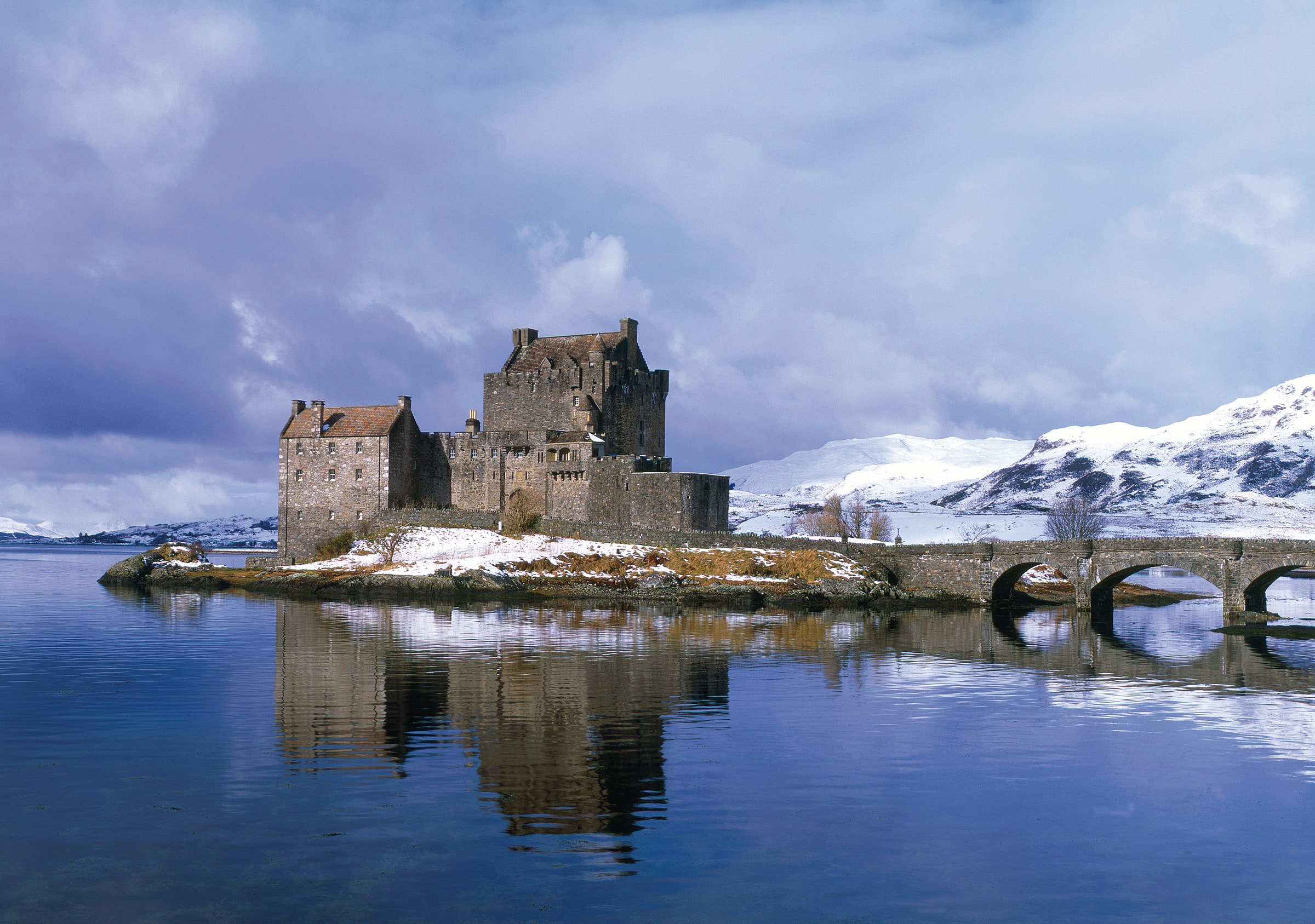Lochalsh
Associated Chapels: Creag an Tigh Mhoir {NG 80_28_}.
Parish Church: OS Ref: NGR NG 829272 H.E.S. No: NG82NW 7.00 Dedication: St Comgan
Tradition says that the area known as Lochalsh was the focus of St Comgan's missionary zeal and that he brought a number of family members with him to help achieve his ambitious plans. One of them was his nephew St Fillan who is supposed to have built the first church here at Kirkton in memory of his uncle Comgan after he had buried him on Iona.1
The church, both in parsonage and vicarage, became a common church of the cathedral of Ross shortly after 1255/6, it being one of the churches of 'Argyll' granted to the diocese, and thereafter it remained so annexed up to the Reformation.
The parish of Lochalsh was known in 1600 as Kilchoen in Lochalsh, after the church bearing the saint's name {St Congan} situated at Kilchoan on the northern shores of the Loch.
A 'new' parish church of Lochalsh was ereced in 1641 and repaired in 1766. Its predecessor was burnt down in the 15th-century. One old grave in the crowded burial ground surrounding the church is covered by a flagstone showing a late medieval image of a warrior with his hands, folded in prayer, supported by the hilt of his sword.
A century ago there was a tradition of a chapel, supposedly founded by St Donnan, on the famous island of Eilean Donnan but no trace of it has ever been found.
1 Congan, also known as Coan, Cowan, and Comgan, a Christian Prince mentioned in the Irish Martyologies, lived at the end of the 8th-century. He was the son of Kelly, prince of Leinster. Expelled from his home by non-Christian neighbours, he, his sister Kentigerna, and her children, one of whom was his nephew Fillan, escaped Leinster, first to Iona. Congan and his family are supposed to have settled in Lochalsh where he founded a small religious community or muinntir and lived devoutly for many years dying, it is thought, c.AD734.
Above: Eilean Donnan "St Donnan's Isle" where a chapel supposedly once stood before the castle was built. |

e-mail: admin@cushnieent.com
© 2019 Cushnie Enterprises
